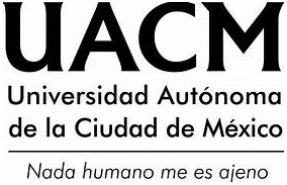La muerte en la Odisea de Homero
DOI:
https://doi.org/10.29092/uacm.v14i33.544Keywords:
Homero, Odisea, muerte, morir, moiraAbstract
El objetivo de este artículo es presentar un bosquejo de lo que Homero dice de la muerte en la Odisea , mediante una colación de los conceptos más significativos (thánatos, thanein, moira, kér, phónos). Se distingue entre el morir, la muerte y el modo de morir como realidades racionalmente distintas, aunque íntimamente ligadas entre sí. En tal forma, se explora qué pensaba Homero y qué se pensaba en su tiempo sobre la muerte y el más allá. Al final, se presentan algunas referencias que hacen los principales personajes de la Odisea respecto al morir y a la muerte para sugerir que quizá la muerte no es el gran mal, sino sólo uno de los mayores y, de éstos, el menos temible.
Downloads
Published
Issue
Section
License
This Journal is licensed under Creative Commons Mexico 2.5. It is allowed to reproduce and disseminate the contents of the Journal for educational or research purposes, not for profit, as long as they are not mutilated and cite the source (Andamios, Revista de Investigación Social) and the author.
The copyright of the articles published in Andamios, Revista de Investigación Social are transferred by the author(s) to Universidad Autónoma de la Ciudad de México when the originals have been accepted, so that they are published and distributed both in the printed and electronic versions of the Journal. However, as established by law, the author(s) retains their moral rights. The author(s) will receive a form of assignment of copyright that they must to sign when their original has been accepted. In the case of collective articles, the signature of one of the authors will suffice, provided that the latter has obtained the consent of the others.
Authors may use the material of their article in other works or books published by themselves, with the condition of quoting Andamios as the original source of the texts.
The articles contained in this publication are the responsibility of their authors and do not compromise the official position of Andamios, Revista de Investigación Social of the Universidad Autónoma de la Ciudad de México.


